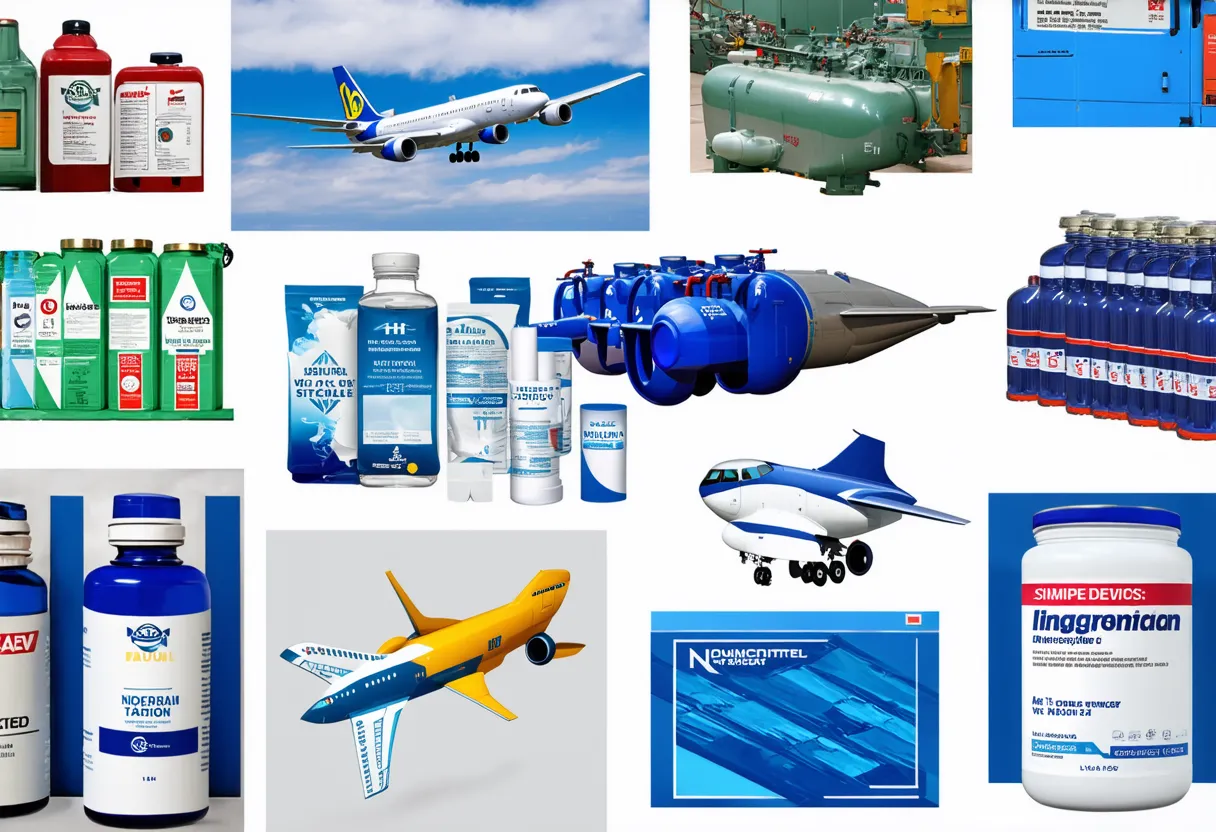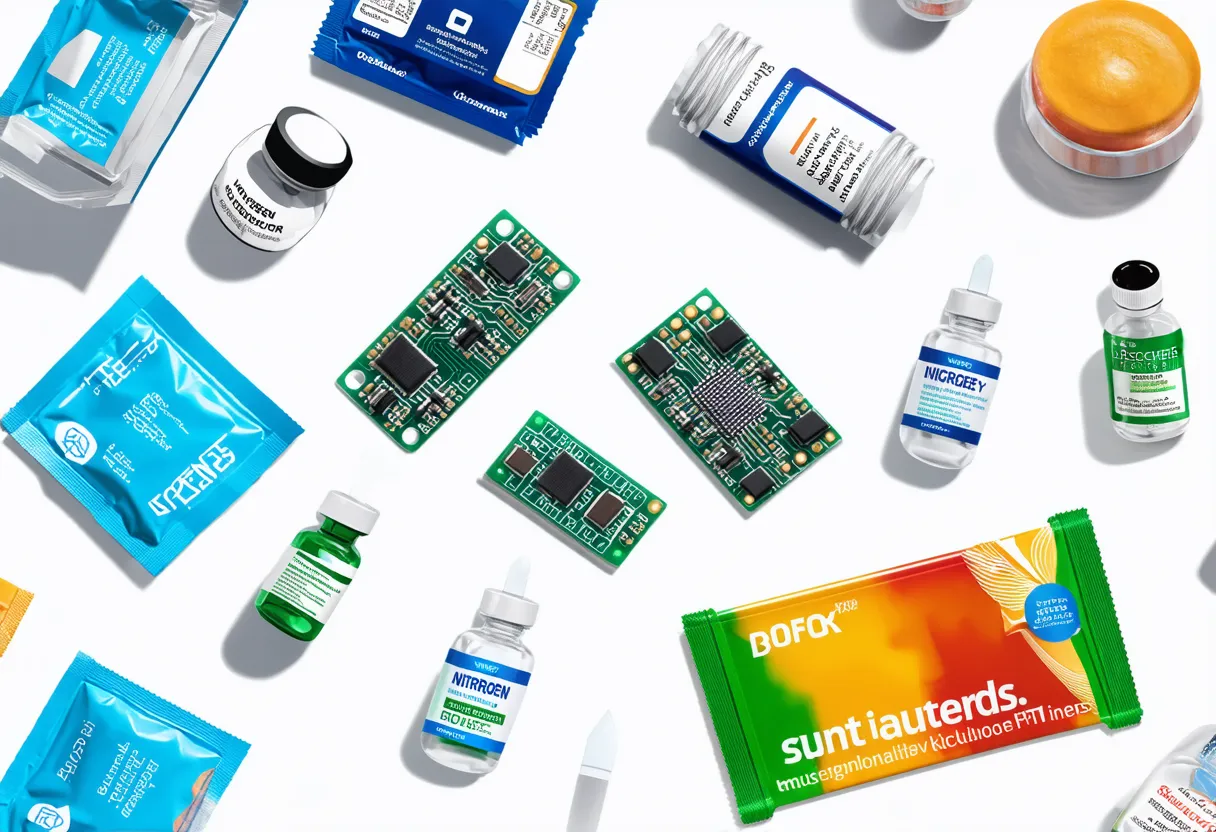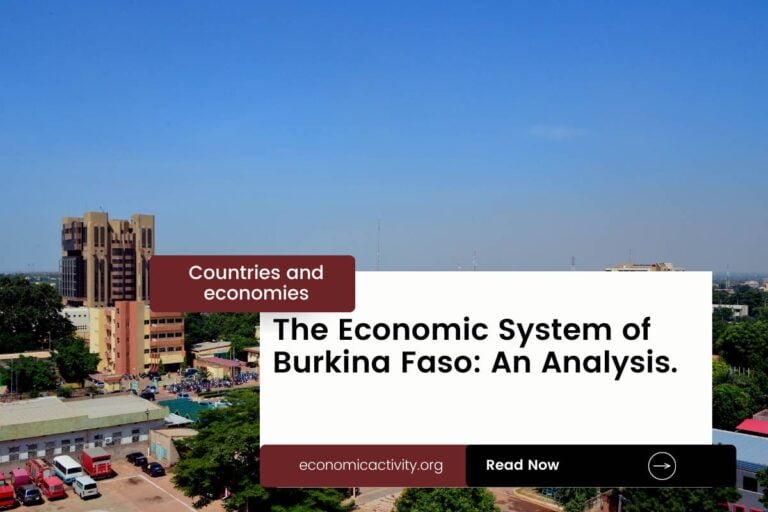Ireland, with a population of 5,127,170, is ranked 117th in population size, just behind Costa Rica. Located in Europe, Ireland covers a total area of 70,280 square kilometers, ranking 115th in surface area, slightly smaller than Sierra Leone.
Ireland’s economy in 2022 is robust, with a GDP of $533,140,011,838.276, ranking 26th globally. It falls behind Belgium, which has a GDP of $583,435,595,579.963. The GDP per capita in Ireland is $103,983.291, placing it at the 5th position worldwide.
Ireland is surpassed by Norway, with a GDP per capita of $108,729.187. The country’s economic position reflects a strong and stable financial foundation, with a high GDP and GDP per capita, positioning it well among global economies.
What are the economic activities of Ireland?
- Primary activities: 1.2% of GDP.
- Secondary activities: 38.6% of GDP.
- Tertiary activities: 60.2% of GDP.

Primary Sector of Ireland
In Ireland, the primary sector, particularly agriculture, thrives due to its mild climate and rich natural resources. With 62.96% of the land dedicated to agriculture, the country produces a diverse range of products such as milk, barley, wheat, beef, potatoes, pork, oats, chicken, rapeseed, and lamb/mutton.
Despite contributing only 1.2% to the GDP, agriculture plays a crucial role in the economy. The variety of crops and animal products highlights the sector’s importance, providing employment and sustaining rural communities.
Ireland’s diverse geology contributes to a rich array of natural resources, including natural gas, peat, copper, lead, zinc, silver, barite, gypsum, limestone, and dolomite. These resources play a significant role in the country’s economy, supporting industries such as mining, energy production, and construction.
Ireland’s natural gas production in 2020 reached 132 million m³, ranking 81st globally. This production significantly contributes to the country’s economic activity, particularly in the energy sector.
Secondary Sector of Ireland
What is the secondary sector or what are secondary activities?
The secondary sector involves industries that create finished products ready for consumption. They take raw materials from primary activities and manufacture new goods for domestic sale or export. In Ireland, the main industrial products include pharmaceuticals, chemicals, computer hardware and software, food products, beverages, brewing, and medical devices.
Manufactures play a crucial role in Ireland’s total exports, accounting for 89.84% in 2023. This highlights the significant contribution of the manufacturing sector to the country’s economy and global trade.
Tertiary sector of Ireland
What is the tertiary sector or what are tertiary activities?
The tertiary sector in Ireland encompasses a range of services where individuals provide expertise and time to enhance productivity and meet needs. Main activities include restaurants, healthcare, education, banking, communication, media, tourism, and transportation services. These sectors play a vital role in Ireland’s economy by offering intangible goods and services to both consumers and businesses.
In particular, Ireland’s economy heavily relies on tourism, contributing significantly to its GDP. With 10,951,000 annual arrivals, equating to 2.1359 tourist arrivals per capita, popular destinations like the Cliffs of Moher and Dublin’s pubs attract visitors worldwide. Sustainable tourism development is crucial for Ireland’s economic growth.
Another example of tertiary economic activity is the mobile cellular sector, with approximately 5.69 million subscriptions, supporting technological growth by enhancing connectivity and enabling digital innovation across industries.
Military Activities and Economic Sectors of Ireland
The military is a good example of how different economic activities work together. In the primary sector, resources are extracted for military use. The secondary sector involves the manufacturing of military equipment. The tertiary sector includes various services provided by the military. The quaternary sector focuses on research and development, while the quinary sector deals with high-level decision-making and strategy.
In 2023, Ireland’s military expenditure was $1,269.2 million, which is 0.225% of its GDP. The size of the active military force is 9,500 personnel, resulting in about 2.7 active military members per 1,000 people in the country.
Biggest company in Ireland
Which is the biggest company in Ireland? Accenture is the largest, with a market value of approximately 196.86 billion USD. Founded in 1989, it operates in the IT Software and Services industry, contributing significantly to the tertiary economic sector.
International Trade of Ireland
Import Activities of Ireland

Ireland’s import activities are crucial, accounting for 97.18% of its GDP in 2023, totaling $150.61 billion.
Ireland’s key import activities involve a diverse range of commodities including aircraft, nitrogen compounds, refined petroleum, natural gas, and vaccines. The country’s major import partners are the UK (26%), US (16%), Germany (9%), China (6%), and the Netherlands (6%). These partnerships play a crucial role in sustaining Ireland’s economy and meeting its domestic demand for various goods and services.
Exports Activities of Ireland

Ireland’s total exports in 2023 amounted to $212.87 billion, accounting for 137.09% of its GDP. With export activities representing a high percentage, they play a crucial role in driving the country’s economic growth and stability.
Ireland’s export activities are diverse, with key partners like the US, Germany, UK, Belgium, and China. The country exports vaccines, medicine, nitrogen compounds, integrated circuits, and scented mixtures.
Ireland economy challenges in 2024
In 2024, Ireland faces challenges with an aging labor force and maintaining social equity. Despite a strong economy and high living standards, the country must address these issues to sustain its growth and resilience in the face of global disruptions.




Leave a Reply